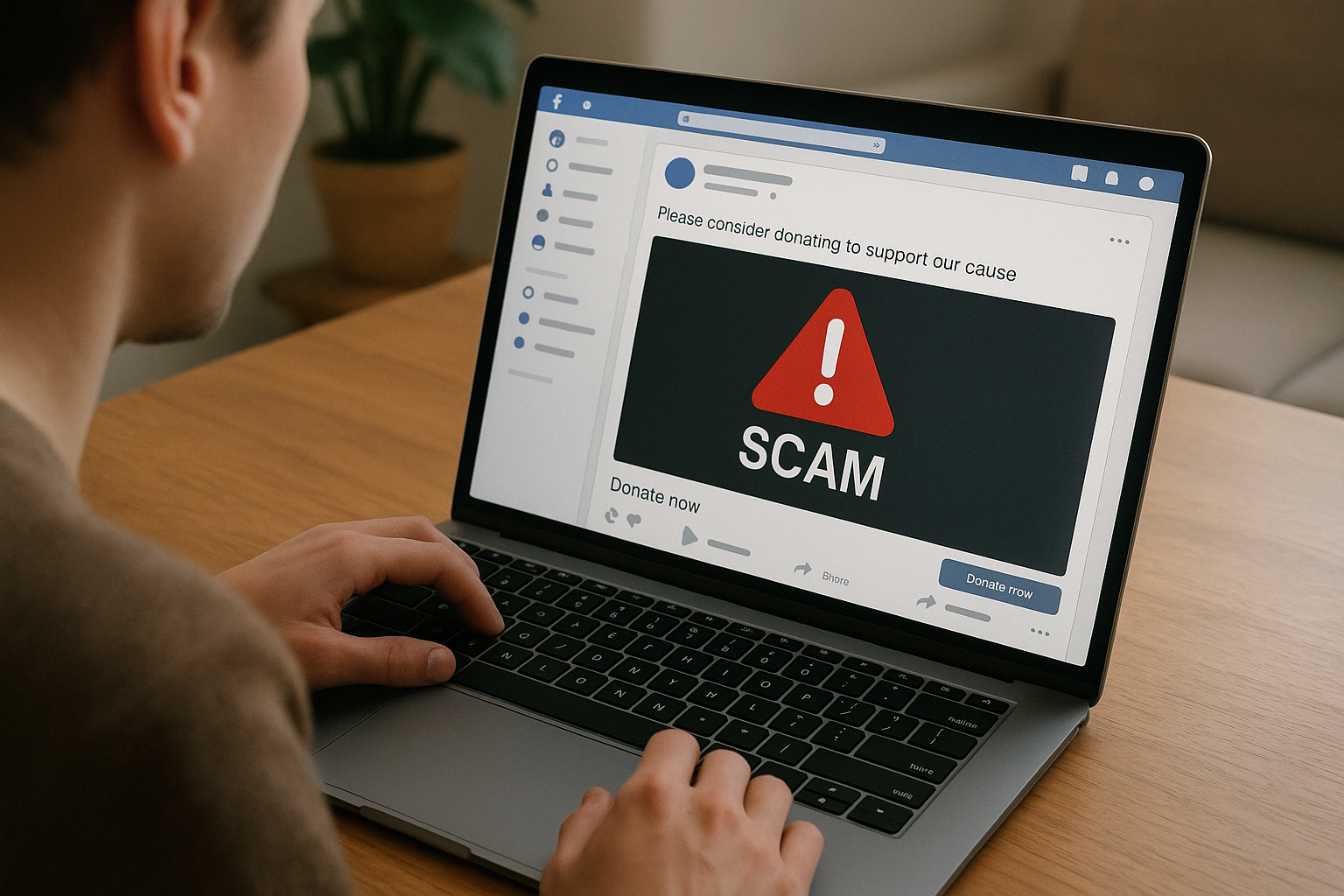Why I Almost Didn’t Use Social Media for My Business — And Why I Changed My Mind
From Avoidance to Advocacy
I originally set out to write a post titled “Why My Business Doesn’t Have a Social Media Page (and How That Keeps You Safer).” The idea was simple: stay off social media to avoid impersonation, eliminate confusion, and protect customers.
Social platforms are filled with scam accounts. By not being there, I thought I could sidestep the chaos and reduce the risk of someone pretending to be me.
But as I wrote, I realized something more important: social media isn't just a risk — it's also an opportunity. Not for marketing, but for helping. For education. For protecting others.
So, I pivoted. Not away from the dangers, but toward the people affected by them.
Why Scammers Love Social Media
Fake business accounts are cheap, fast, and convincing. Scammers can:
- Impersonate businesses to run fake promotions
- Redirect users to phishing or malware-laden sites
- DM people pretending to offer services or customer support
Even when reported, these pages often stay up for days or weeks — giving scammers plenty of time to do damage.
The Other Victims: Content Creators
It’s not just businesses that are targeted — content creators are prime real estate for scammers.
Over the years, I’ve been asked to help multiple creators and influencers — some with sizable followings — uncover scam accounts impersonating them. My wife and I would dig through profiles, piece together patterns, and follow digital trails. It became a bit of a game of “Sherlock Holmes,” but what we uncovered wasn’t a game at all.
Here’s just one example:
A creator with a niche pet account — someone who shared wholesome, unique content about their animal’s adventures — started getting reports. Someone was copying their posts and images. At first, it looked like fan content. But then it escalated.
The impersonator started sharing a GoFundMe link — but not for their own page. They were amplifying a campaign from another scam account in the same pet niche. We uncovered at least four or five connected profiles: all stealing content, cross-promoting each other, and funneling attention toward a single donation scam.
We compiled everything and passed it to the real creator. They used it to alert their followers, take action with the platforms involved, and educate others. That experience stuck with me. And we saw similar patterns again and again.
Why I’m Choosing to Show Up (Safely)
Originally, I thought staying off social media was safer. But staying silent means missing the chance to speak up when it matters — to teach people how to spot what we’ve seen firsthand.
So now, yes — my business does have a social presence. But with a few clear promises:
- I will never ask for payment or sensitive info in a DM
- I’ll only post links that point directly to my official website
- If you’re unsure, you can always verify through my contact page
How You Can Protect Yourself
Whether you’re following a business or your favorite creator, here’s how to stay safe:
- Verify through official sites, not just the social profile
- Be suspicious of urgent DMs, giveaways, or offers that seem “too good”
- Look for subtle differences in account names, handles, or spelling
- Avoid clicking links from unfamiliar accounts — especially donation pages
- When in doubt, report it and reach out directly to the real person or business
Final Word: Education Beats Avoidance
Avoiding social media might feel like the safer option — and for a while, I believed that. But avoiding risk doesn’t help people who are already being targeted.
Instead, I’m choosing to show up, speak up, and share what I know. My goal isn’t likes or followers — it’s clarity, safety, and trust. If you ever see something suspicious claiming to be me or someone else, don’t hesitate to get in touch.
In future posts, I’ll be sharing more tips and specific examples of how to spot scam accounts — including some of the patterns we’ve identified over the years.
The more you know, the safer you are — and I’m here to help make that possible.

